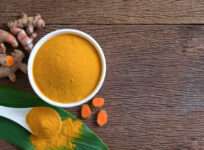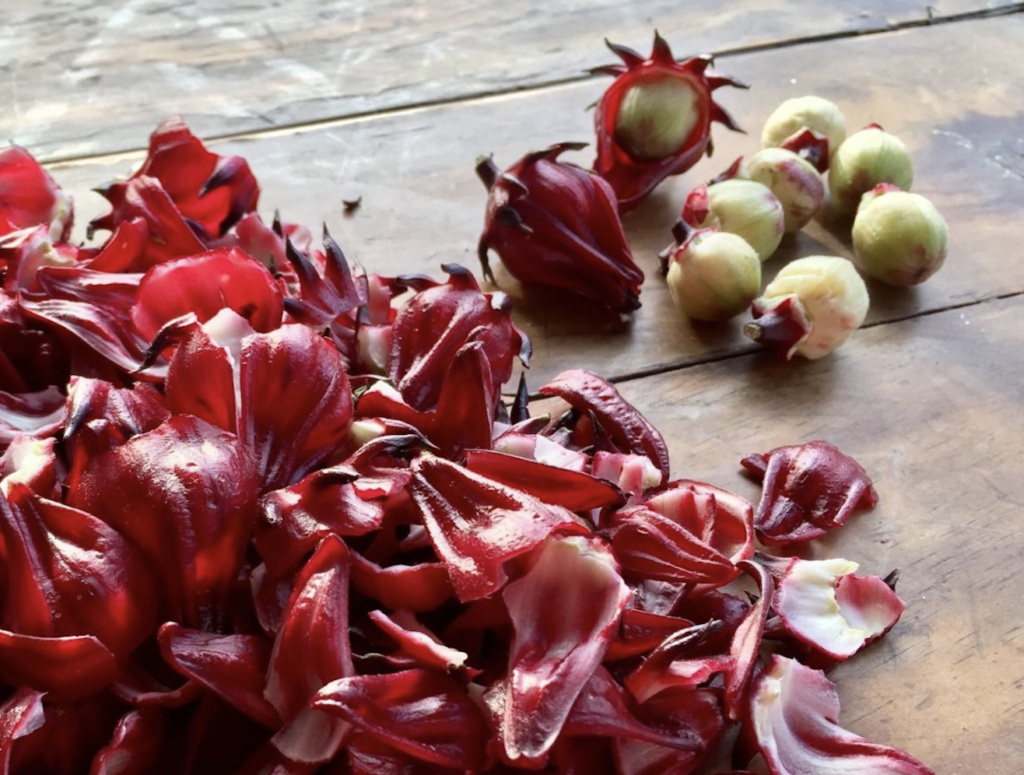
Hibiscus sabdariffa (hibiscus) and Lippia citriodora (lemon verbena) are two polyphenol-rich botanicals that, when combined, can act synergistically to regulate blood pressure.
Oxidative stress, a key factor in the development and progression of hypertension, can lead to vascular damage and atherosclerosis. Mitigating oxidative stress is, therefore, an important aspect of managing hypertension. Natural polyphenols, like those found in hibiscus and lemon verbena, have been shown to support heart health and manage blood pressure, primarily due to their antioxidant capacity.
Antioxidant Effects
Polyphenols are a diverse group of phytochemicals found produced by a wide range of plants. They’ve gained considerable research and clinical attention because of their potential health benefits, particularly their role in cardiovascular health. Researchers attribute the observed benefits to the antioxidant and anti-inflammatory properties of polyphenols.
Among the most widely known polyphenols are: Quercetin, Rutin, Daidzein, Ellagic acid, Resveratrol, and Curcumin.
In one recent and very thorough review of the current science on polyphenols and atherosclerosis, Agnieszka Ziółkiewicz and colleagues at the Medical University of Lublin, Poland, give an in-depth description of the relationship between between dietary polyphenols, gut microbiota, and various aspects of cardiovascular function. (Ziółkiewicz A, et al, Int J Mol Sci. 2023).
“Polyphenols represent promising agents in the prevention and treatment of atherosclerosis, as demonstrated by in vitro, animal, preclinical and clinical studies,” they write. In addition to their ability to bind and neutralize reactive oxygen species, polyphenols also exert indirect antioxidant effects by activating Nrf2—a transcription factor that regulates expression of antioxidant proteins which mitigate oxidative stress and help maintain cellular redox homeostasis.
Ziółkiewicz and colleagues also emphasize the anti-inflammatory effects of polyphenols “This group of compounds can decrease the cellular production of pro-inflammatory mediators. Moreover, polyphenols are able to restrict the expression of adhesion molecules, thus impairing the chemotaxis of monocytes within the inflamed tissues.”
Microbiome Impact
Plant-based polyphenols can exert these beneficial effects on human physiology only if they are absorbed. Yet, most of these compounds in their natural state are not easily absorbed in the human small intestine.
Thankfully, our GI tract is home to billions of microbes that are able to help us out. As Ziółkiewicz points out, the gut microbiota play a central role in converting dietary polyphenols into their absorbable bioactive forms.
But this is a bi-directional interaction, because polyphenols also impact gut microbiome composition. In one study, ingestion of polyphenols from tea mitigated dysbiosis and boosted the numbers of beneficial species like Lactobacillus, Akkermansia, Blautia, Roseburia and Eubacterium. And coffee-lovers also have cause to rejoice. A preparation of green and roasted coffee was found to enhance beneficial Bifidobacterium populations.
Red wine, which contains roughly 1.8 g/L of total polyphenols, including quercetin, resveratrol, and anthocyanins, may also have beneficial impact on the gut microbiome. Daily intake of red wine polyphenols for 4 weeks resulted in significant increases in Enterococcus, Prevotella, Bacteroides, and Bifidobacterium, among other beneficial organisms.
Polyphenols & Endothelial Function
Certain polyphenols can help to enhance endothelial function, which crucial for maintaining vascular tone and for blood pressure regulation. They also have beneficial metabolic effects (Joven J, et al. Mol Nutr Food Res. 2014) (2014).
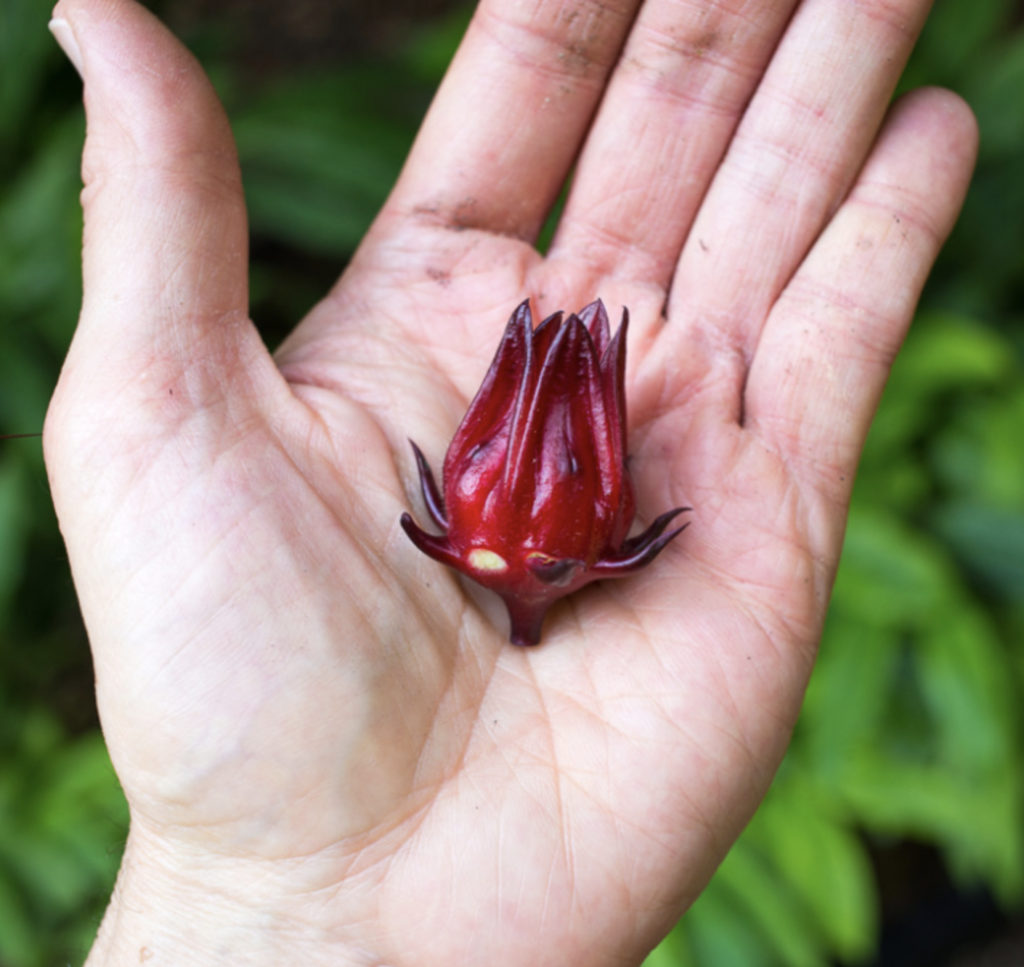
Jorge Joven and his team at Hospital Universitari Sant Joan, Reus, Spain, looked at the effect of a polyphenol-rich Hibiscus sabdariffa (HS) extract in a cohort of 31 patients with metabolic syndrome. The participants took 125 mg per kg per day, for a total of 4 weeks.
“We found that diastolic blood pressure decreased significantly in 18 of 31 patients (58%), and systolic blood pressure (decreased) in 20 of 31 patients (64.5%),” Joven and colleagues report. They note that the responders were more likely to have higher baseline systolic and diastolic pressures, as well as higher baseline levels of key inflammatory markers. Responders showed concurrent decreases in heart rate along with the blood pressure changes.
In those who did respond to the hibiscus extract, the blood pressure changes were both statistically and clinically significant. Compared with baseline measures, mean 24-hour systolic pressure dropped by 11.0 ±6.3 mmHg (p < 0.001) after 4 weeks of treatment. The mean 24-hour diastolic pressure dropped by 4.2 ±1.9 mmHg (p < 0.001).
The percentage of patients with relatively high SBP and/or DBP decreased over the course of the HS treatment. It is therefore possible that this treatment may provide BP control throughout the night and may cover the early morning period when the BP surges,” the authors note. They add that, “most of the inflammatory variables were decreased during the intervention period.” They observed significant increases in serum adiponectin and a corresponding decrease in serum leptin, “likely indicating improvement in overweight-induced metabolic alterations.”
Jovan and his colleagues view their findings as “proof of the beneficial effects of polyphenols on free radicals and immune modulation,” adding that, “It is likely that these actions could improve cardiovascular health.”
These researchers also conducted ex-vivo testing, and suggested that, “a multifaceted and likely synergistic mechanism accounts for the hypotensive action of polyphenol-rich Hibiscus sabdariffa extract, which acts through improved endothelium-dependent response.” Polyphenol compounds also support a healthy inflammatory response, an important factor in reducing the progression of hypertension-related damage to the cardiovascular system.
Hibiscus & Verbena Together: A Closer Look
Hibiscus sabdariffa, a type of Hibiscus known colloquially as Roselle, Jamaican Sorrel, and many other names, and Lippia citriodora (lemon verbena) are two botanicals with high levels of polyphenols, including anthocyanins and verbascoside, respectively. These compounds are known for their potent antioxidant activity, which contributes significantly to their therapeutic effects.

Monteloeder, a Spanish company that produces high-quality proprietary botanical extracts for use in dietary supplements, foods, and beverages, has developed a standardized combination of H. sabdariffa and L. citriodora that is emerging as a promising component in integrative hypertension management strategies. Branded as Metabolaid, the ingredient combines bioactive polyphenols from both herbs, which act synergistically to benefit cardiovascular health.
One notable study conducted by Javier Marhuenda and colleagues at San Antonio Catholic University in Murcia, Spain highlighted the efficacy of Metabolaid in managing hypertension, in a cohort of 80 prehypertensive or type 1 hypertensive adults.
The subjects were randomized to placebo or daily treatment with 500 mg of the Metabolaid combined hibiscus-lemon verbena extracts, in capsule form. This provided high quantities of verbascoside and anthocyanins. The trial period was 12 weeks (84 days).
The results indicated a significant reduction in systolic blood pressure in the Metabolaid group, with a notable descent of 3% in daily measurements (Marhuenda J, et al. Molecules. 2021).
By Day 56, the subjects taking the Metabolaid showed a mean 3.76 ± 10.13 mmHg decrease in systolic pressure (p < 0.05). This was not observed for those taking the placebo.
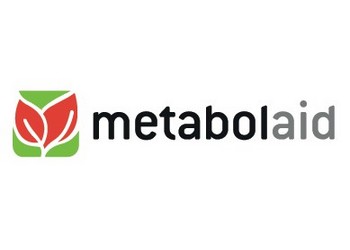
The authors point out that nocturnal systolic pressure tended to increase—by a mean of 2.24 mmHg) in the placebo group, but decreased by 2.24 mmHg in those taking Metabolaid. Though these changes were not statistically significant, they do bolster the notion that the polyphenols in Metabolaid have beneficial effects on blood pressure regulation.
The researchers reported, “The daily consumption of the HS-LC extract but not the placebo over 84 days was able to reduce the daytime parameters related to blood pressure. The most remarkable results were observed in the measurements performed during the daytime, especially in the systolic blood pressure showing statistically significant variation.”
An earlier pre-clinical study showed that Hibiscus sabdariffa and Lippia citriodora extracts can influence various metabolic pathways, including the activation of the AMPK pathway which promotes lipolysis and fat loss. The study, published in the journal, Nutrients, looked at the effects of the combined HS-LC extract in obese mice. The researchers concluded that the extract, “synergistically ameliorated adiposity, hyperlipidemia, and glucose tolerance…accompanied by decreased adipogenesis, increased thermogenesis and AMPK activation.” (Lee YS, et al. Nutrients. 2018).
Metabolic Effects
Those findings led to a clinical trial conducted by Maria Herranz-Lopez and and colleagues at the Miguel Hernández University (UMH), Elche, Alicante, Spain.
The researchers randomized 56 obese and overweight women and men to placebo or treatment with 500 mg per day of the Lemon Verbena-Hibiscus extract combination. All patients, regardless of their assigned treatment, were following an equilibrated isocaloric diet. The intervention had a two-month duration.
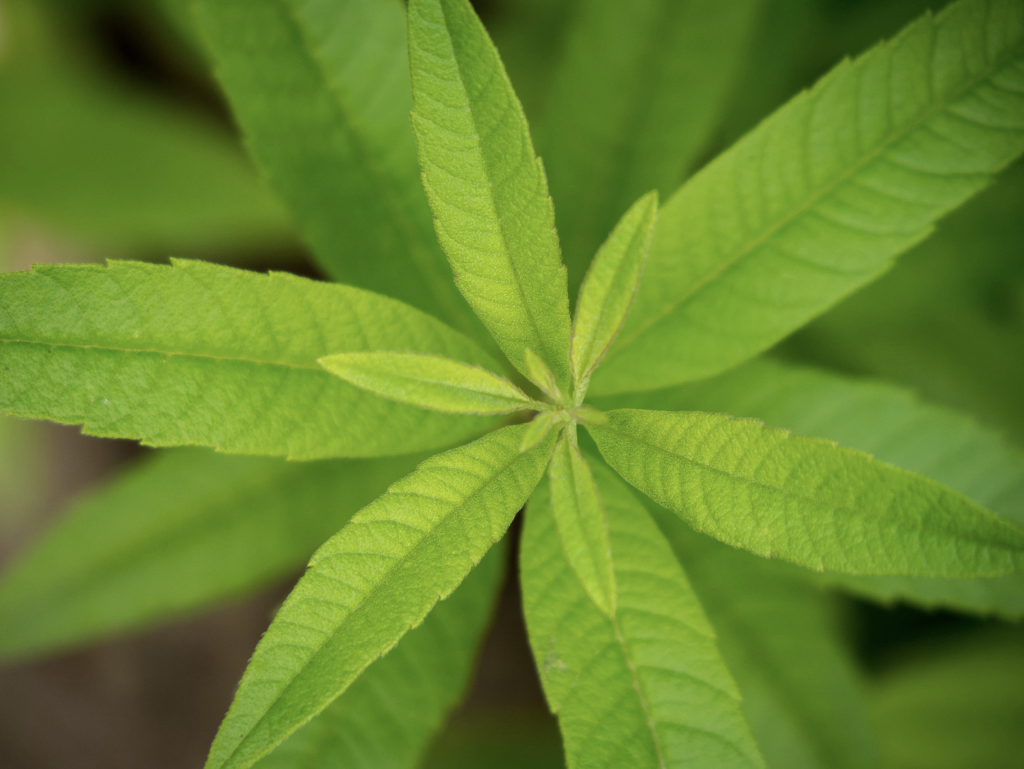
Among the overweight individuals, those taking the polyphenol supplement showed significant reductions in abdominal circumference compared to those in the placebo group (-6.79 cm versus -1.85 cm). They also showed a significant drop in body fat percentage (-1.33 versus -0.66). Obese patients also showed improvements, but the effects were more pronounced among the overweight but non-obese participants.
Daily intake of the polyphenol-rich supplement did result in measurable weight loss. Among the overweight subjects, those on the herbal combination lost a mean 3.69 kg versus 1.96 in the placebo group, at the end of the 2-month study period. Among those considered obese at baseline, the difference was −4.68 ± 0.67 kg versus −2.17 ± 0.95 kg.
The authors note that among the overweight subjects, supplementation with the hibiscus-lemon verbena combination resulted in beneficial changes in heart rate and systolic blood pressure. These changes were more modest in obese subjects.
Herranz-Lopez and colleagues observed that “the polyphenolic extract promoted a potent increase in the pAMPK/nuclei ratio in a dose-dependent manner that was significant compared to the control group.
The team concluded that, “Consumption of 500 mg per day of LC-HS, in combination with an isocaloric diet, may be considered as a dietary intervention for weight management and the prevention of metabolic syndrome.” (Herranz-Lopez M, et al. Sci Rep. 2019).
Based on their prior studies, they posit that the polyphenols may have an effect on appetite, and that this may contribute to the observed impact on body weight and body composition. Though the present study was not designed to measure impact on satiety, the authors comment that several of the study participants reported that the LC-HS supplement exerted a certain satiating effect. “Our previous studies showed that HS extract reduced leptin levels in hypertrophic adipocytes. In addition, the LC-HS polyphenolic extract increased anorexigenic (glucagon-like peptide -1) and decreased orexigenic (ghrelin) hormones.”
Synergistic Effects
The synergistic effects of anthocyanin and verbascoside compounds in Hibiscus sabdariffa and Lippia citriodora may represent an effective natural adjunct in an integrative approach to hypertension management, complementing traditional lifestyle modifications and other treatments.
In their 2018 paper, Young-Sil Lee and colleagues reported that the effects observed with the Metabolaid combination extract were more significant than those of either Hibiscus sabdariffa or Lippia citriodora alone, indicating possible synergistic effects of the two extracts.
There’s a growing preference among patients for natural, plant-based treatments. The use of polyphenol-rich botanical extracts like Metabolaid align well with those preferences. As research progresses, these natural interventions are likely to play an increasingly prominent role in cardiovascular health management.
A blend of Hibiscus sabdariffa and Lippia citriodora extracts is emerging as a promising natural intervention in hypertension management. Its ability to significantly reduce key blood pressure parameters presents a valuable option for patients looking for more natural approaches to hypertension management.
END
Jonathan Jones, PhD is chief scientific officer for Monteloeder by SuanNutra. He has over 20 years of experience in pre-clinical and clinical research to find alternative treatments, with expertise in working to identify efficacious active compounds found in natural botanicals.


